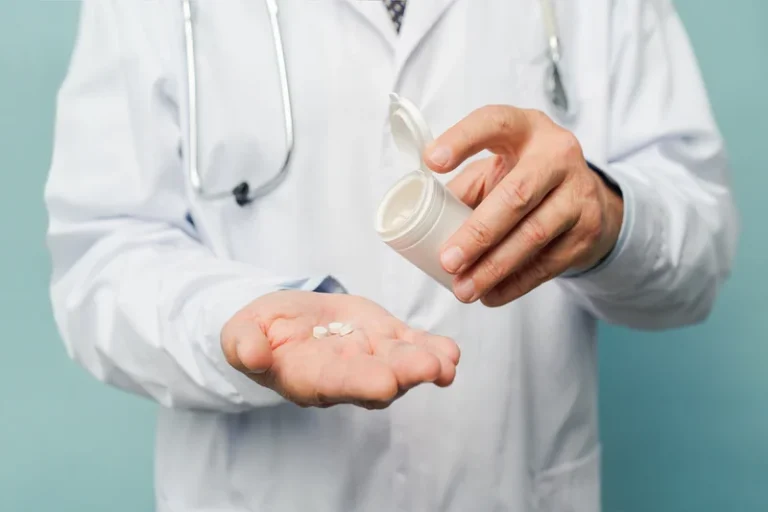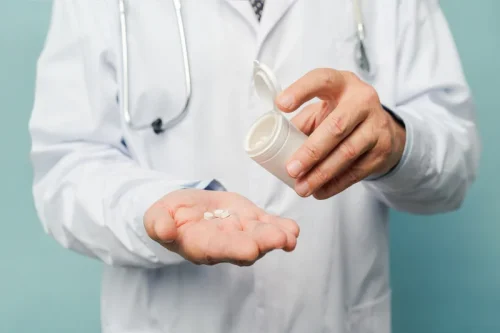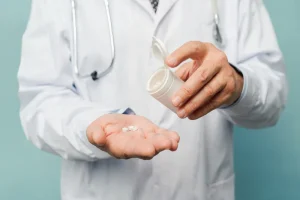Ecstasy MDMA or E, Euphoria-inducing Stimulant & Hallucinogen

A high dose can be a contributing factor in deadly conditions such as hyperthermia, exhaustion, or hyperhydration. Additionally, it can trigger serotonin syndrome, or too much serotonin, which can cause muscle rigidity, fever, seizures, and more. Many factors contribute to the MDMA experience, including dose, mindset, and setting. While there’s no way to predict exactly what will happen, following the Six S’s can help ensure you’ll have a positive experience with minimal negative effects.
Long-term effects
- MDMA is on track for full FDA approval and could be prescribed by doctors as early as 2022.
- If you’re sleeping somewhere that’s too warm, it can lead to poor sleep.
- MDMA’s effects may include feeling more energetic and alert and having an increased sense of well-being, warmth, and openness toward others.
Because use promotes trust, closeness, molly mdma empathy, and enhances sexual desire, the risk of unsafe sexual practices may increase, resulting in HIV/AIDS, hepatitis, or other sexually transmitted diseases. In the United Kingdom, MDMA was made illegal in 1977 by a modification order to the existing Misuse of Drugs Act 1971. Penalties include a maximum of seven years and/or unlimited fine for possession; life and/or unlimited fine for production or trafficking.
How to Get Help for MDA Use

Testing your MDMA is always good practice even when you trust your supplier. Reagent test kits from Bunk Police can identify hundreds of adulterants and substitutes—offering peace of mind and potentially saving your life. There is no evidence that moderate use (less than 100mg every few weeks) can cause damage to your brain.
Reinforcement disorders
Findings from primate studies show reduced numbers of serotonergic neurons 7 years after MDMA exposure. However, further research is necessary to fully understand the specific effects of these changes on people who use MDMA. Our goal is to offer people a single source of relatable, reliable information at any stage of their recovery journey. A person needs to seek immediate medical attention if they experience the above MDMA use. More serious and potentially fatal conditions can arise under certain circumstances. Ecstasy (MDMA) is designated as Schedule I substance by the DEA.
- However, there are also some common adverse effects, some severe risks, and possible long-term damage.
- A “normal” oral dose of pure MDMA — usually between 50 and 150 milligrams — can take effect within 30 minutes.
- According to a 2021 survey by the National Institute on Drug Abuse, 0.8% of the U.S. population over the age of 12 reported using this drug in the previous 12 months.
Molly was made illegal in the United States in 1985 when it was classified by the Drug Enforcement Administration (DEA) as a Schedule I drug according to the Controlled Substances Act. MDMA was initially developed in 1912 as a pharmaceutical compound that could be used in the preparation of other pharmaceuticals, and it was patented in 1914. But once the drug’s hallucinogenic properties were discovered, further development was stopped for several decades. It is important to note that this research is still in the early stages. More research is needed to fully understand the effectiveness of medical MDMA.


Fentanyl can make drugs it’s mixed with, including MDMA, more dangerous. Often, people who purchase MDMA and other drugs are unaware those drugs have been cut with fentanyl. Therapy is typically directed by a substance use clinic or health care provider and involve supportive care and behavioral and group therapy. MDMA exerts its primary effects in the brain on neurons that use the chemicals serotonin, dopamine and norepinephrine to communicate with other neurons. As the rave and club scene expanded to metropolitan and suburban areas across the country, MDMA use and distribution increased as well. Today, the drug is still used by a broader group of people who more commonly call it Ecstasy or Molly.

MDMA-assisted therapy is a therapeutic approach that uses MDMA as a tool within a controlled and supervised therapeutic setting. It involves using lower doses of MDMA in conjunction with multihour psychotherapy sessions to address mental health conditions such as post-traumatic stress disorder (PTSD), depression, and anxiety. MDMA is being explored as a treatment for certain medical conditions, such as post-traumatic stress disorder (PTSD) and depression.
“MDMA puts holes in your brain”
People also often use it alongside alcohol or other drugs, which may enhance the negative effects. However, the excessive serotonin release results in significant short-term depletion of serotonin in your brain. This can contribute to negative psychological aftereffects such as depression, anxiety, and fatigue, which you may experience for a few days after MDMA use. People sometimes think of molly as pure MDMA, but experts warn that illicit molly and ecstasy — whether in pill, powder, crystal, or liquid form — are often laced with other drugs, including fentanyl. Laced MDMA products can be more addictive and have more dangerous effects.

No Comments